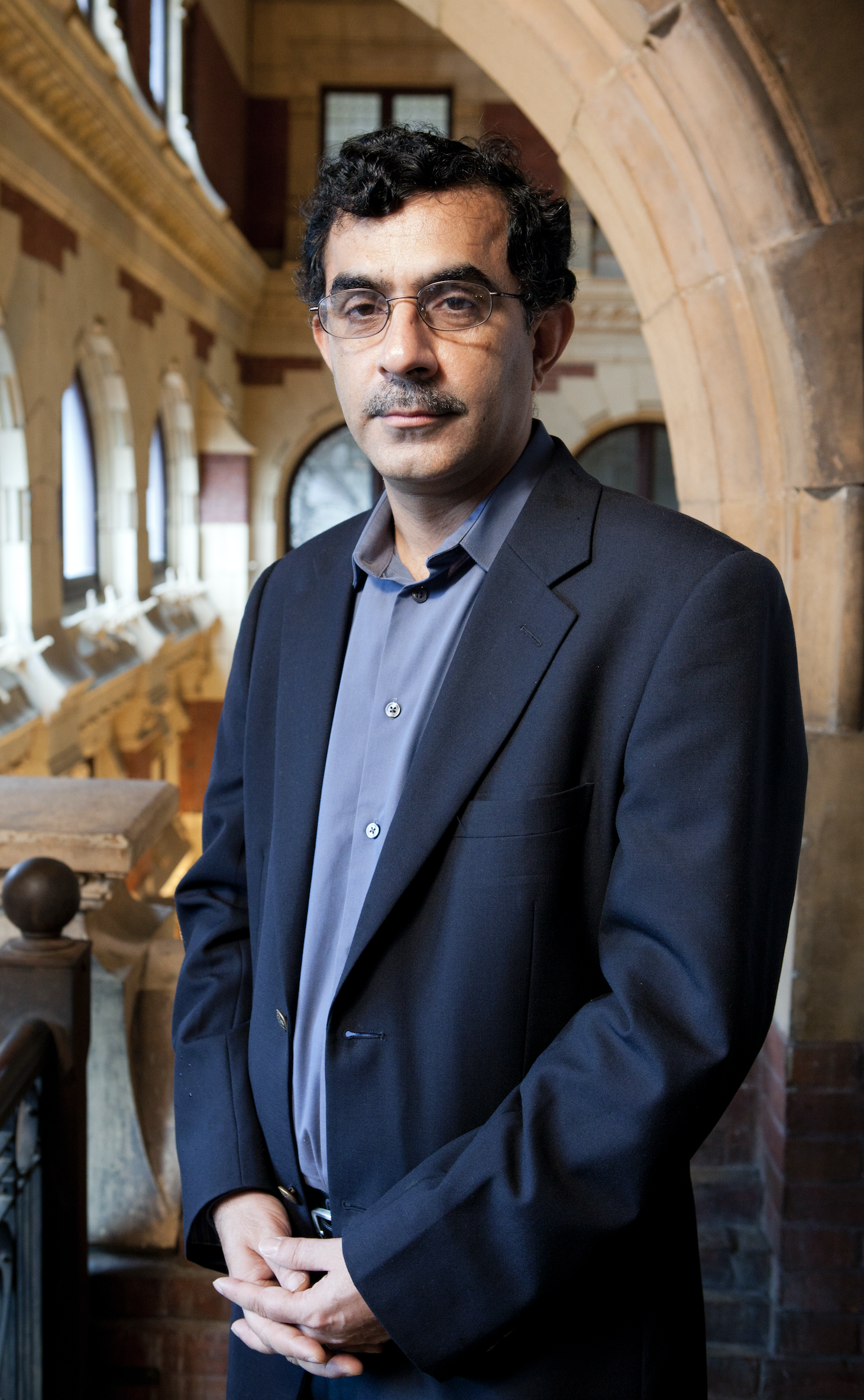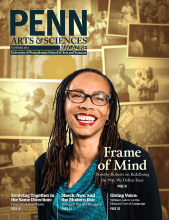India’s 16th general election was historic in many ways. As with all national elections in India, this was by far the world’s largest electoral exercise, with 834 million registered voters. Sixty-six and four-tenths percent, or nearly 554 million, voted, an historic high for the country (the previous high was 64 percent in the 1984 elections). The male-female gender gap in turnout was 1.46 percent, a historic low and a notable decline from more than four percent in 2009. Just the increase in the number of votes cast over the previous general elections in 2009 (137 million) was more than the entire number of votes cast in the 2012 U.S. presidential election.
The election was historic in that a Westminster parliamentary democracy was converted into a presidential-style contest by the Prime Ministerial candidate of the Bharatiya Janata Party (BJP), Narendra Modi. His energetic and media-savvy campaign for the first time leveraged social media, which appears to have increased turnout among often apathetic urban voters. He even deployed holographic images of himself to make speeches across rural India. In 2013 there were about 25 million tweets about elections, governance, and politics during the entire year. In the first 20 weeks of 2014 alone, as elections approached, there were 58 million election-related tweets, with Modi leading the way.
The intensity and scale of the political campaign made this India’s most expensive election. While India’s Election Commission strictly monitors candidate spending limits, there are no legal limits on how much political parties can spend, a loophole that was exploited mercilessly. The quid pro quo for these mammoth expenditures—estimated between $3 and 5 billion—may well prove troubling for the country.
The electoral outcome was also historic in several ways. With the BJP winning an absolute majority on its own (282 seats in a 543 seat parliament), this was the first time that a political party other than the Congress party won an absolute majority. Indeed, it was the first time that any party in India has won an absolute majority since the 1984 elections, even though the BJP was part of an electoral alliance (the National Democratic Alliance, or NDA) which won 336 seats.
The result upended many shibboleths about the Indian political landscape, in particular that its polity was hopelessly fragmented, leading to weak coalition governments at the center, with an enfeebled central government and dominant regional parties. Several regional parties had to bite the dust and while some did well (notably in the states of Odisha, Tamil Nadu, and West Bengal) it is clear—for better or worse—that India will have a strong central government for at least the next few years.
More than any election since 1977 (when the Congress party’s Indira Gandhi was defeated after the “Emergency”), this election was tantamount to a referendum about one individual: Modi, the first Prime Minister to have been born after independence. In the run-up to the elections, views on him were extremely polarized. His supporters had very high expectations that he would rescue India from its economic doldrums with the sort of leadership he had demonstrated as Chief Minister of the state of Gujarat, while his detractors were deeply apprehensive of precisely that leadership, fearing he would undermine India’s secular fabric. In the end it was Modi and not the BJP that won this election. In post-election surveys, one in four respondents who voted for the NDA said they would not have voted for the coalition had Mr. Modi not been the Prime Ministerial candidate.
While public opinion polls had widely predicted that India’s Grand Old Party—the Congress—would lose, the scale of its loss and the BJP’s victory was unexpected. The Congress party was routed and its 44 seats won were its lowest ever. The reasons were manifold, ranging from lackluster leadership to multiple corruption scandals to a faltering economy. Post-election voter surveys revealed that the BJP won support across a wide swathe of social groups, with the notable exception of India’s Muslims. Clearly the BJP has now displaced the Congress as India’s pre-eminent political party, although to the extent this is due to a charismatic leader, how long this will persist is an open question.
"The increase in the number of votes cast over the general elections in 2009 was more than the entire number of votes cast in the 2012 U.S. presidential election." – Devesh Kapur
Analysts have taken for granted that the Indian voter is swayed primarily by identity politics and patronage that comes through government handouts. The Congress party and many observers of India continue to see Indian society as one that is poor, hierarchical, and therefore in dire need of government handouts. Indians, however, clearly do not see themselves in quite the same way. Only four uninterrupted democracies have had higher growth rates over a 30-year period than that which India has enjoyed since 1980. While India is still a poor country, the resulting economic changes coupled with political changes have unleashed a complex set of social forces. Data from a pre-election survey conducted by CASI found that economic growth, corruption, or inflation was the top concern for over 60 percent of voters, whereas only 10 percent of voters listed government benefits or identity as the top issue. This suggests that concerns about the larger macro-economy have supplanted these traditional issues. (To learn more about the surveys, visit CASI’s blog: IndiainTransition.com)
Indian society is changing, and with it the preferences of Indian voters. While the majority of India remains rural, rural India is increasingly shaped by urban sensibilities, blurring the hitherto sharp divide between rural and urban India. While Indian society continues to harbor multiple social biases, changes in voting behavior are being driven mainly by economic factors and a yearning for better governance.
This election was clearly a vote for change. It is a pivotal election and is likely to affect India’s trajectory in fundamental ways. But how, precisely, only time will tell.
Devesh Kapur is the Director of the Center for the Advanced Study of India (CASI), Associate Professor of Political Science, and Madan Lal Sobti Associate Professor for the Study of Contemporary India. Since the fall of 2013, with funding from the Lok Foundation, CASI has been running the Lok Survey, a major panel survey on social attitudes in India, with 68,500 respondents across 24 states.




